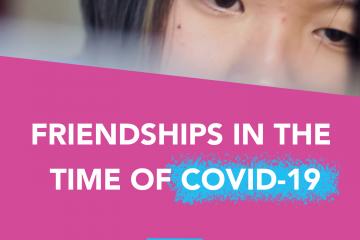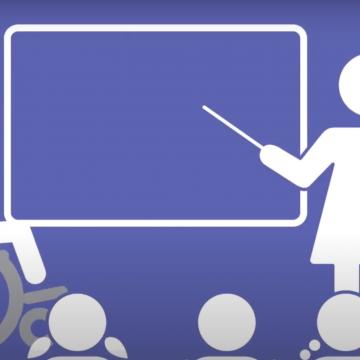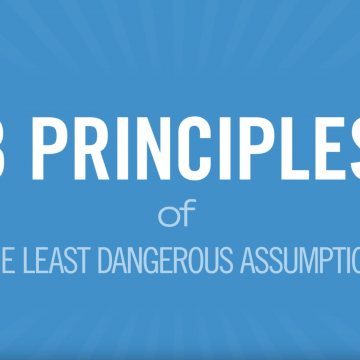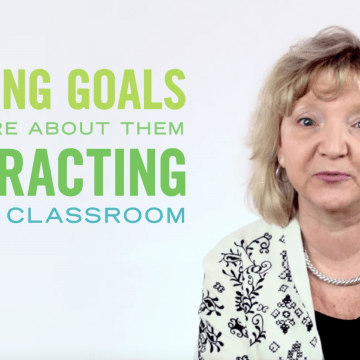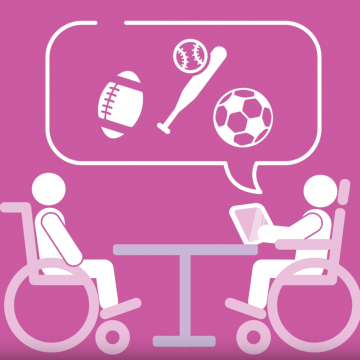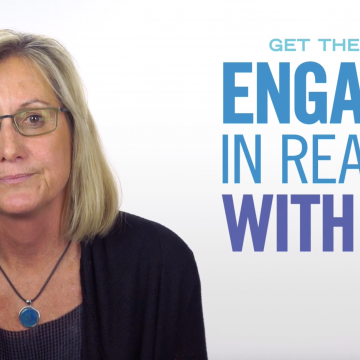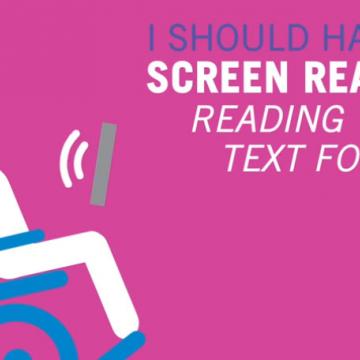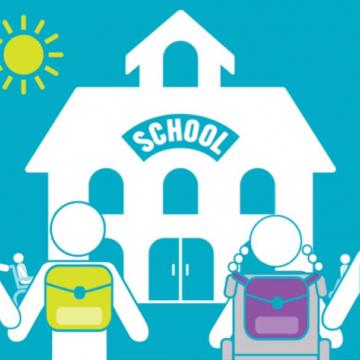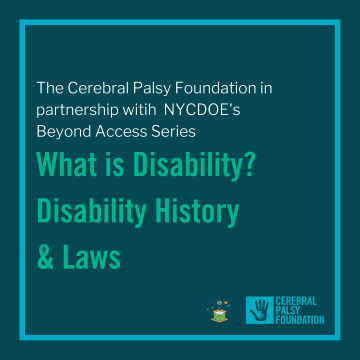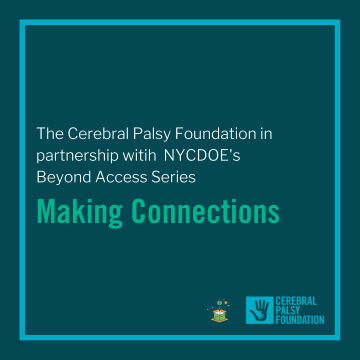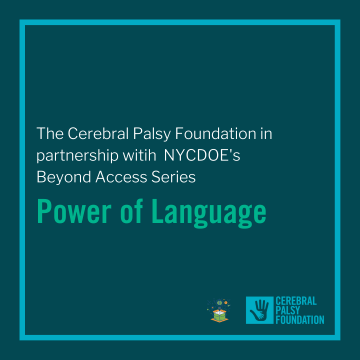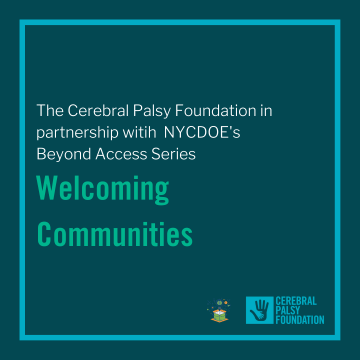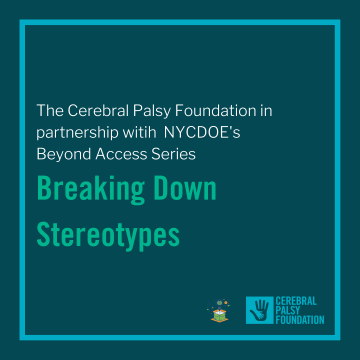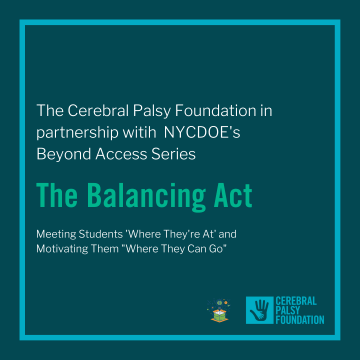
Inclusion involves carefully assessing a child's needs and then implementing a strategic plan to support that child within the general classroom setting.
Ensuring that a K-12 student (and beyond) with cerebral palsy accesses their educational environment successfully is a top priority for most families. Learning the ins and outs of IEP’s, 504’s and inclusion strategies involves carefully assessing a student’s needs, technology requirements, working with teachers and administrators and developing the most appropriate plan possible to help the student reach their highest potential in the least restrictive environment. A variety of accommodations addressing the classroom, testing, vision, communication, school activities and other considerations may be needed for the student to achieve their full potential.
-
Stories
Saved by the Mom Squad 
-
-
-
-
-
-

Advocating For Your Child At School A key phrase that I was taught was being positively persistent. -

8 Helpful Back-to-School Tips for Students with IEPs A new school year means new teachers, a new grade, new friends, new goals and maybe even a new school. Our friends at Learning Disabilities Online have put together these helpful tips to help you and your child or teen transition back to school a little easier.
-

The 3 Principles of Least Dangerous Assumption -

Setting Goals in the Classroom -

The Art of Storytelling with AAC -

How Do We Learn? -

What Is The Least Dangerous Assumption? -

Supporting Reading for a Child who is Non-Verbal -

Accessing the Classroom -

Mastery Motivation -

CP: The Early Years
-

JSH Educational Webinar 1: What is Disability - Introducing Disability -

JSH Educational Webinar 2: Making Connections -

JSH Educational Webinar 3: Power of Language -

JSH Educational Webinar 5: Cultivating Welcoming Communities -

JSH Educational Webinar 6: Adapting to Support Learning At Home -

JSH Educational Webinar 4: Breaking Down Stereotypes -

JSH Educational Webinar 7: The Balancing Act -

JSH Educational Webinar 8: Anecdotal Lessons Learned from Lived Experience
-

Understanding children with cerebral palsy and bullying: A mixed methods approach Almost all of us can vividly conjure up an episode of being bullied that occurred in our own lives. Hopefully, fewer of us will have memories of being the bully. These experiences and remembrances often are formative, perceived as hurtful, and can have a long term impact on our health and well-being. For me the memory of being the center of attention in a negative way never quite fades, but with age, the perspective changes to a challenge.
Inclusion is best practice. It is also, quite simply, the right way to teach.




